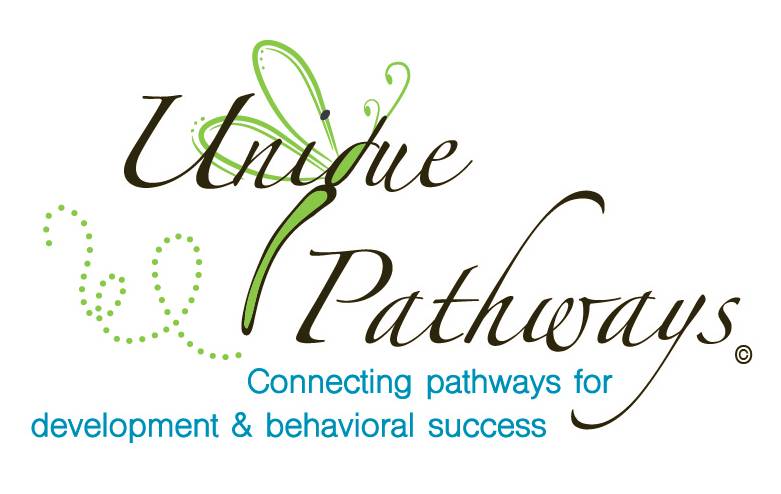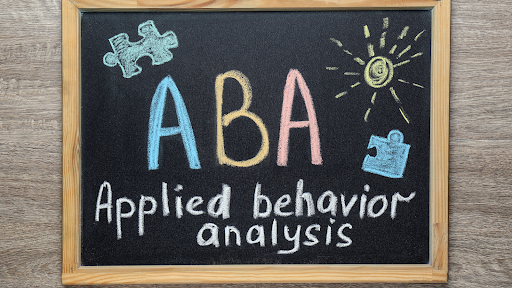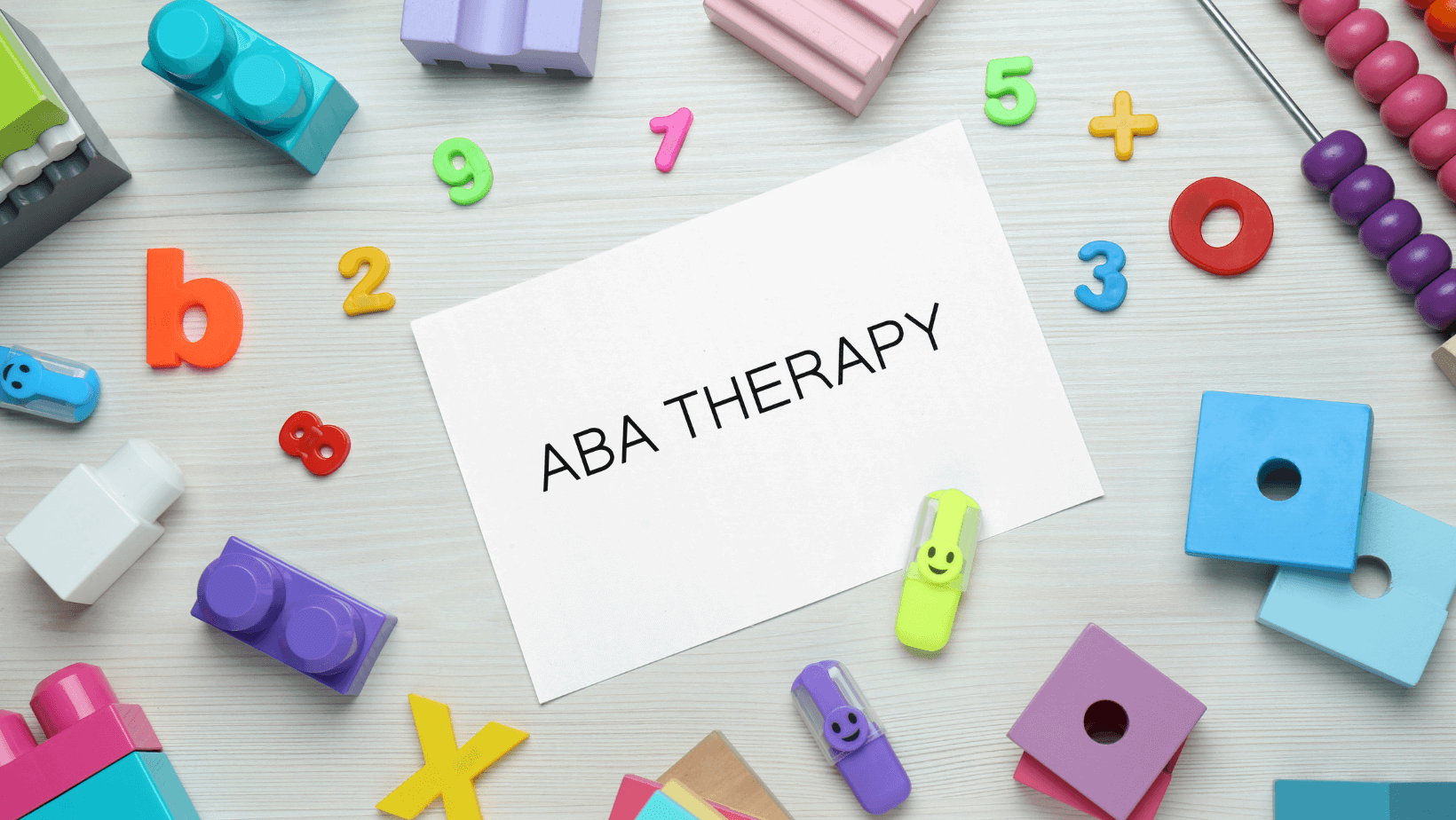Every parent wants the best for their child, hoping for a future filled with joy, learning, and growth. But what if your little one struggles with communication, social interaction, or play? Recognizing these early signs can be the first step in providing the support they need. The Modified Checklist for Autism in Toddlers, Revised (M-CHAT-R) is a beacon of hope for many families, helping to identify children who may be at risk for Autism Spectrum Disorder (ASD).
Early detection through the M-CHAT-R can lead to timely interventions, offering children the chance to thrive in ways that might otherwise be missed. This screening tool empowers parents and caregivers to understand their child’s unique needs and to seek out the necessary support. With the right help, children on the autism spectrum can achieve remarkable milestones, unlocking their full potential. The journey may be different, but with the M-CHAT-R, you don’t have to walk it alone.
Structure and Use of M-CHAT-R
The M-CHAT-R is a parent-report questionnaire consisting of 20 questions about a child’s behavior. Parents or caregivers complete the questionnaire, answering based on their child’s usual behavior. The primary goal of the M-CHAT-R is to detect early signs of autism and determine whether a child should undergo a more comprehensive evaluation. This invaluable tool is typically administered and interpreted by any childcare professional, such as a pediatrician, child psychologist, or speech therapist.
-
Questions: The M-CHAT-R includes 20 yes/no questions that parents or caregivers answer based on their child’s usual behavior. These questions cover various aspects of a child’s development, such as their ability to respond to their name, imitate others’ actions, and engage in child-play pretend games.
-
Age Range: It is specifically designed for toddlers between 16 and 30 months of age. This age range is critical for identifying developmental milestones and potential delays.
-
Administration: The questionnaire can be completed by parents or caregivers and interpreted by any childcare professional. This accessibility ensures that many children can be screened without the need for specialized settings.
-
Scoring: A score of 3 or more suggests the need for a follow-up interview to further explore the child’s risk for ASD. This follow-up interview helps to clarify any responses and determine if further evaluation by a specialist is necessary.
Using the M-CHAT-R as part of regular check-ups can help identify early signs of autism, such as unusual finger movements, repetitive body movements, or limited use of gestures. Early detection and intervention can significantly improve a child’s ability to develop essential skills and interact with others effectively.

Early Signs to Look Out For
-
Toddlers with autism may have trouble making or maintaining eye contact. They might seem to look past you or at unusual or unexpected objects rather than engaging with you directly.
-
Watch if your child points at things of interest or waves bye-bye. Limited use of these simple gestures can be a sign of autism.
-
Pay attention to repetitive body movements like hand-flapping, rocking, or spinning. These actions are common characteristics of autism spectrum disorder.
-
Children with autism might display limited sensory experiences or show extreme sensitivity to everyday strange or funny noise like loud sounds or music.
-
Notice if your child plays pretend games with stuffed animals or toy trucks. A limited tendency to engage in make-believe or imitate others’ actions can be a red flag.
Follow-Up
The M-CHAT-R/F (Modified Checklist for Autism in Toddlers, Revised with Follow-Up) is a two-stage screening process designed to improve the accuracy of autism detection in young children. The initial M-CHAT-R questionnaire can sometimes result in false positives, where other children might be flagged for autism without actually having the disorder. To address this, the follow-up interview is a critical component. This second stage involves a more detailed set of questions that delve deeper into any ambiguous or concerning responses from the initial questionnaire.
During the follow-up, the child’s healthcare provider will ask specific questions to clarify the behavior and development. For instance, if a parent indicated that their child does not respond to their name, the follow-up might explore different contexts and settings to understand this behavior better. This comprehensive approach helps to distinguish between true developmental concerns and variations in normal child behavior. By refining the initial results, the follow-up interview reduces unnecessary anxiety for parents and ensures that children who truly need further evaluation are accurately identified.
Accessibility
The M-CHAT-R and M-CHAT-R/F are invaluable resources in the early detection of Autism Spectrum Disorder (ASD), and their accessibility plays a crucial role in their widespread use. Both tools are available for free download for clinical, research, and educational purposes, making them accessible to a broad audience of professionals and caregivers. However, it is important to note that these tools are copyrighted instruments. Users must adhere to specific guidelines to ensure they are used and reproduced correctly.
These guidelines are in place to maintain the integrity and effectiveness of the screening tools. Proper use ensures that the tools’ results are valid and reliable, which is critical for making accurate assessments of a child’s developmental status. By providing these tools freely, the developers aim to encourage their widespread adoption, helping more children to be screened at an early age. This accessibility allows healthcare providers, educators, and researchers to implement the M-CHAT-R in various settings, from clinics to community health programs, thereby reaching a larger number of children.

Importance and Recommendations
The American Academy of Pediatrics strongly recommends using the M-CHAT-R during well-child visits at 18 and 24 months. These early screening milestones are crucial because they help identify children who may be on the autism spectrum before their developmental differences become apparent to parents or professionals. By incorporating the M-CHAT-R into routine check-ups, healthcare providers can detect potential signs of Autism Spectrum Disorder (ASD) early, facilitating timely intervention.
Early intervention is vital in addressing developmental challenges. Children identified through early screening can benefit from tailored therapies and support systems designed to enhance their communication, social, and cognitive skills. For instance, speech therapy, occupational therapy, and behavioral interventions can significantly improve a child’s ability to interact and communicate effectively with others.
Moreover, early screening and diagnosis provide parents with a clearer understanding of their child’s needs and behavior. This awareness empowers them to seek the appropriate resources and support, fostering a more nurturing and responsive environment for their child’s development.
Empowering Early Detection for Brighter Futures
The early detection of autism in toddlers through tools like the M-CHAT-R is a crucial step in ensuring that children receive the support and interventions they need. By incorporating these screenings into routine well-child visits, parents and healthcare providers can work together to identify and address developmental challenges early on. The M-CHAT-R and its follow-up process not only improve the accuracy of autism detection but also pave the way for timely and effective interventions. Remember, early action can make a significant difference in a child’s development and overall well-being.
Let’s use these powerful tools to give our children the best start in life!









